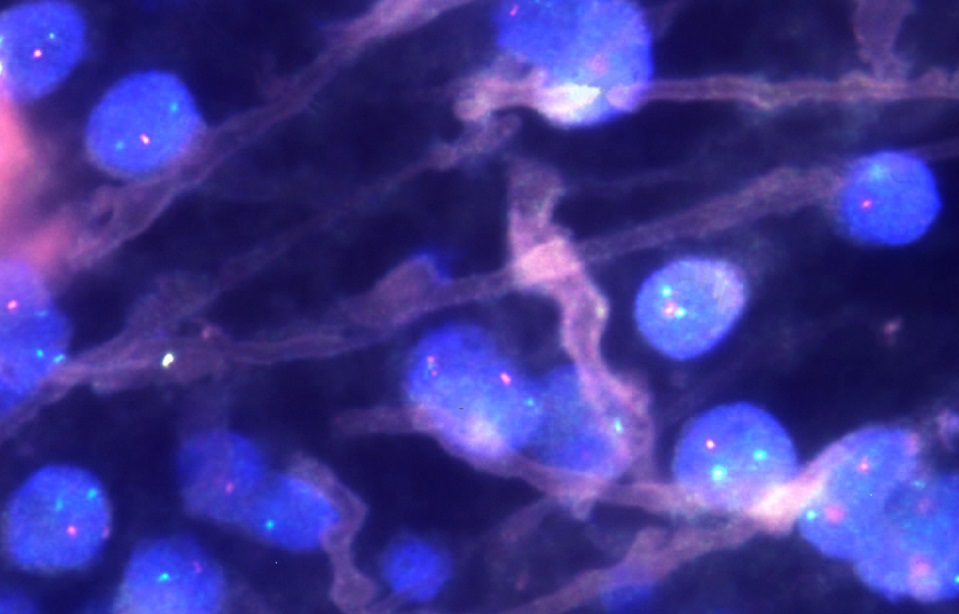
Brain UK study ref: 21/017,
Lay summary,
Project status: Active
Classification and characterisation of high grade gliomas in teenagers and young adults
Dr Matthew Clarke, Institute of Cancer Research
High grade gliomas (HGG) are a group of tumours that can occur in any location in the central nervous system (CNS). The tumours are diagnosed in patients of all ages including very young children and infants. They have a poor prognosis with only around 20% of patients aged under 44 years alive at 5 years after diagnosis. We want to look specifically at those tumours occurring in teenagers and young adults aged 13 to 30 years old. We will gather tumour samples from national and international collaborators so that we can investigate specialist molecular make up, including methylation profiling (this looks at why genes may be expressed), different types of sequencing and a review of the microscopic appearance of the tumours. We will use methylation profiling to classify these tumours and compare them to existing subgroups of HGG. If tumours do not fall into the existing subgroups we will attempt to identify these tumours using different sequencing methods to identify changes or mutations that occur in their DNA/RNA that may be responsible for the tumour development. We will explore these changes with the aim of identifying therapies which will help to guide treatment options for this group of patients and improve survival.
Abbreviations
HGG: high grade glioma
CNS: central nervous system
DNA: deoxyribonucleic acid
RNA: ribonucleic acid
